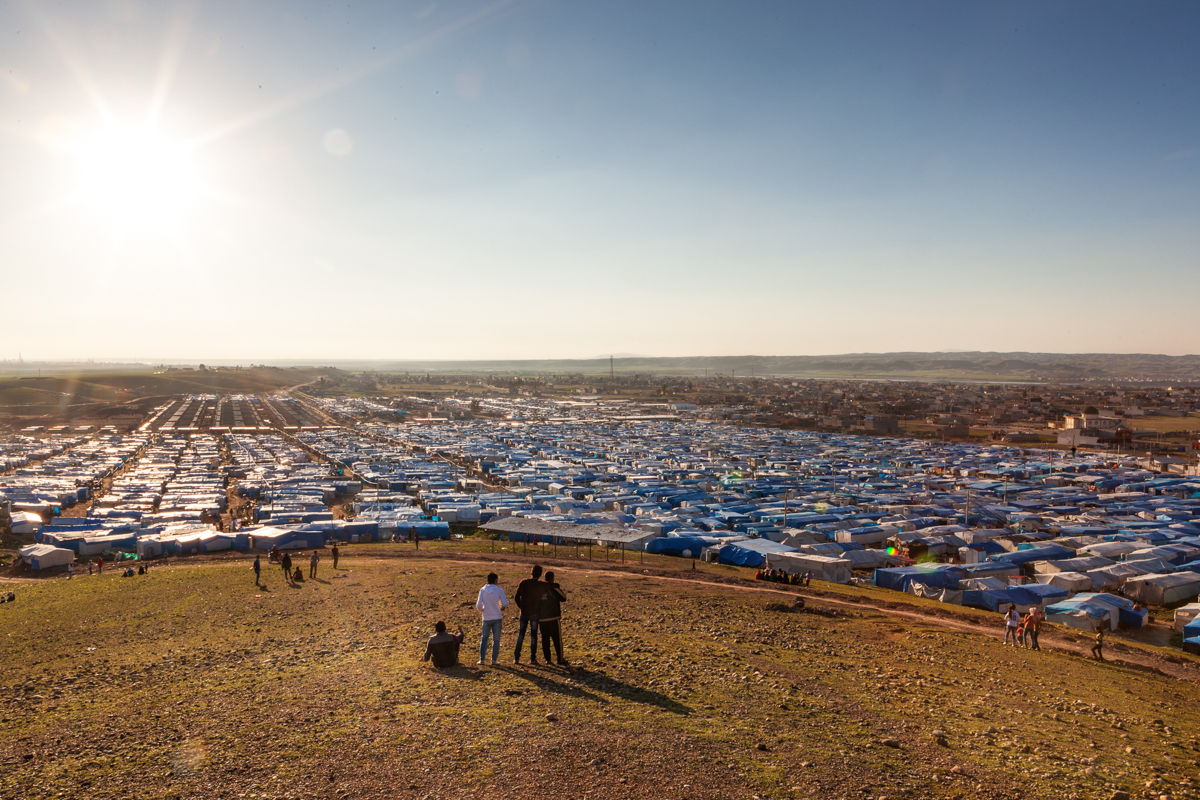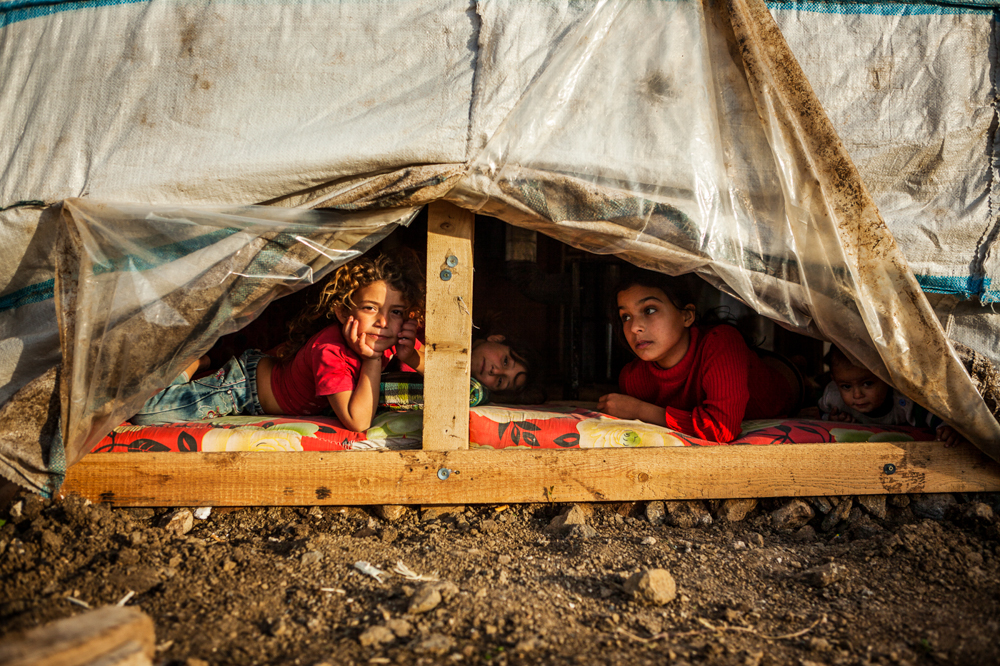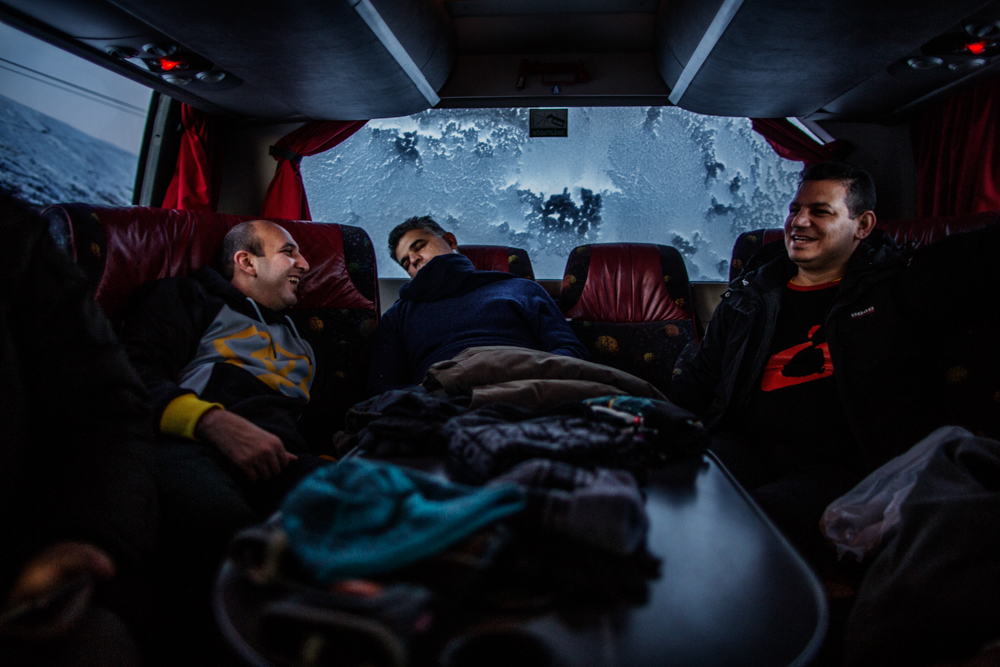
Kurdistan Region of Iraq
By Eduardo Soteras Jalil/Danish Refugee Council
Of the 246,000 refugees from Syria in Iraq, almost all are living in camps around Erbil, in the Kurdistan Region of Iraq (KRI). In late February, when winter temperatures still clung to the days, parents in the camps echoed the same response when asked what their teenage children did each day: “Measuring the camp all day long.”
They admitted worryingly that their children’s lives have become one of inactivity. The fact that their own predicament mirrored their children’s appeared secondary importance.

Lebanon
By Eduardo Soteras Jalil/Danish Refugee Council
Over 1.1 million refugees from Syria have now sought refuge from conflict in their homeland into Lebanon. They are daily attempting a life in a foreign land that is often struggling with its own domestic issues, resource and unemployment constraints, with depleted savings and nothing but the clothes they fled Syria in. With over one in four of its 4.5 million population a refugee, Lebanon has the highest per capita refugee rate in the world, according to United Nations Refugee Agency.

Riksgränsen, Sweden
By Axel Öberg
According to the Swedish Migration Agency nearly 163,000 asylum seekers have arrived in the Northern European Country, more per capita than any other country in the EU. Due to a lack of housing, the Migration Agency has put people in hotels and hostels around the country. The most northern location is Riksgränsen, a hotel 200 km north of the polar circle that usually houses extreme skiers and snowboarders, and now accomodates approximately 600 refugees.

Istanbul
By Loubna Mrie and Miguel Winograd
In mid-Septmber, 2015, a group of around 500 refugees—organized through a Facebook group called “Crossing No More,”—held a sit-in in Esenler, Istanbul's bus terminal. They demanded that Turkish authorities let them board buses towards Edirne, so they could reach Greece by land and avoid the known and preventable dangers of the Aegean crossing.

The Turkish Shores
By Loubna Mrie
This mass movement of people has generated a sizable illegal economy stretching from Syria to Sweden. In Turkey, it is particularly visible in the ancient port of Izmir—the country's third largest city—and in Bodrum, a picturesque vacation destination. Thousands of refugees—mostly Syrians, Iraqis and Afghans, but also Pakistanis, Iranians and Africans—crowd the streets of the central Izmir neighborhood of Basmane, making arrangements with one of the hundreds of human smugglers that are thought to operate in the city.
